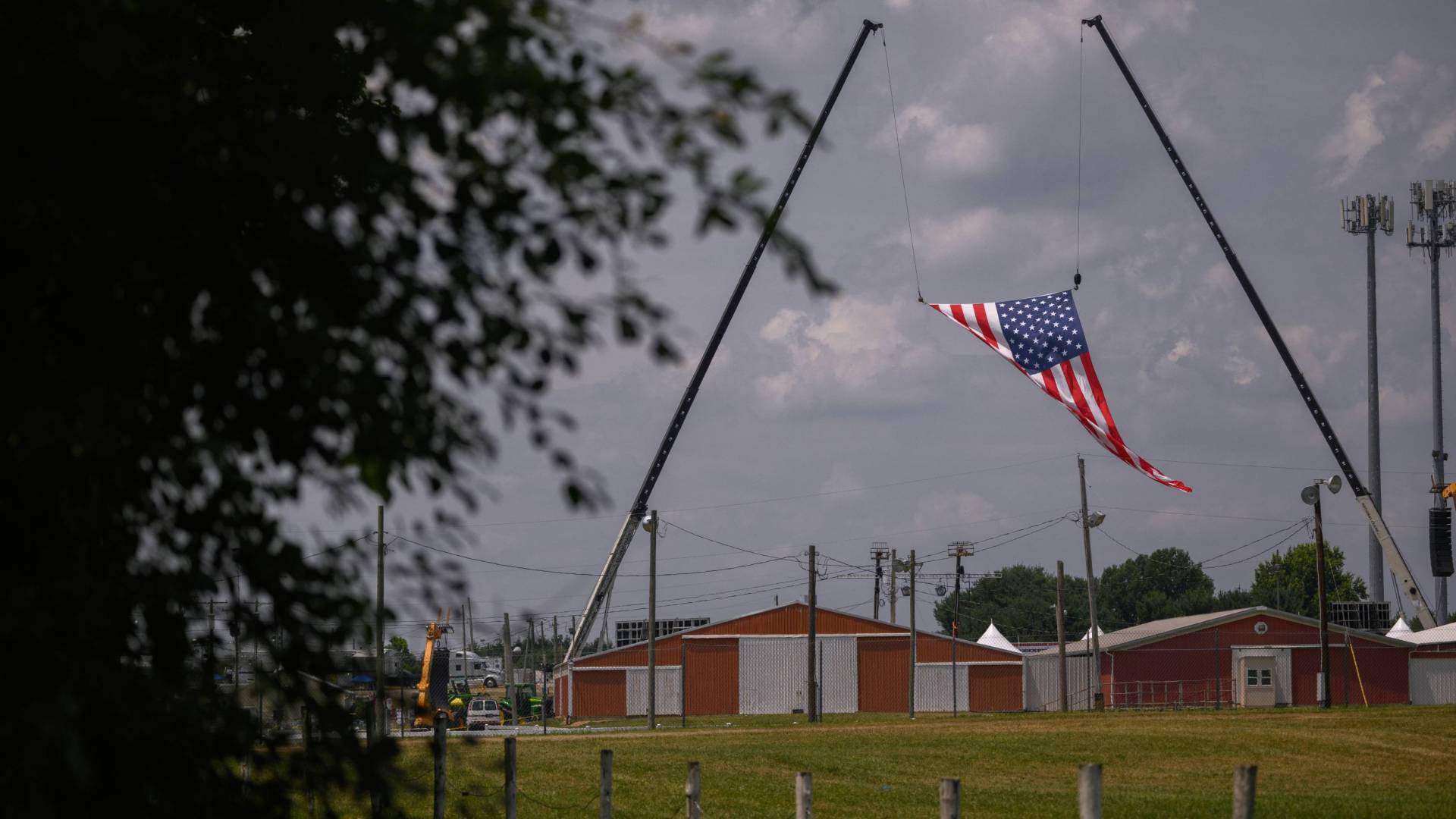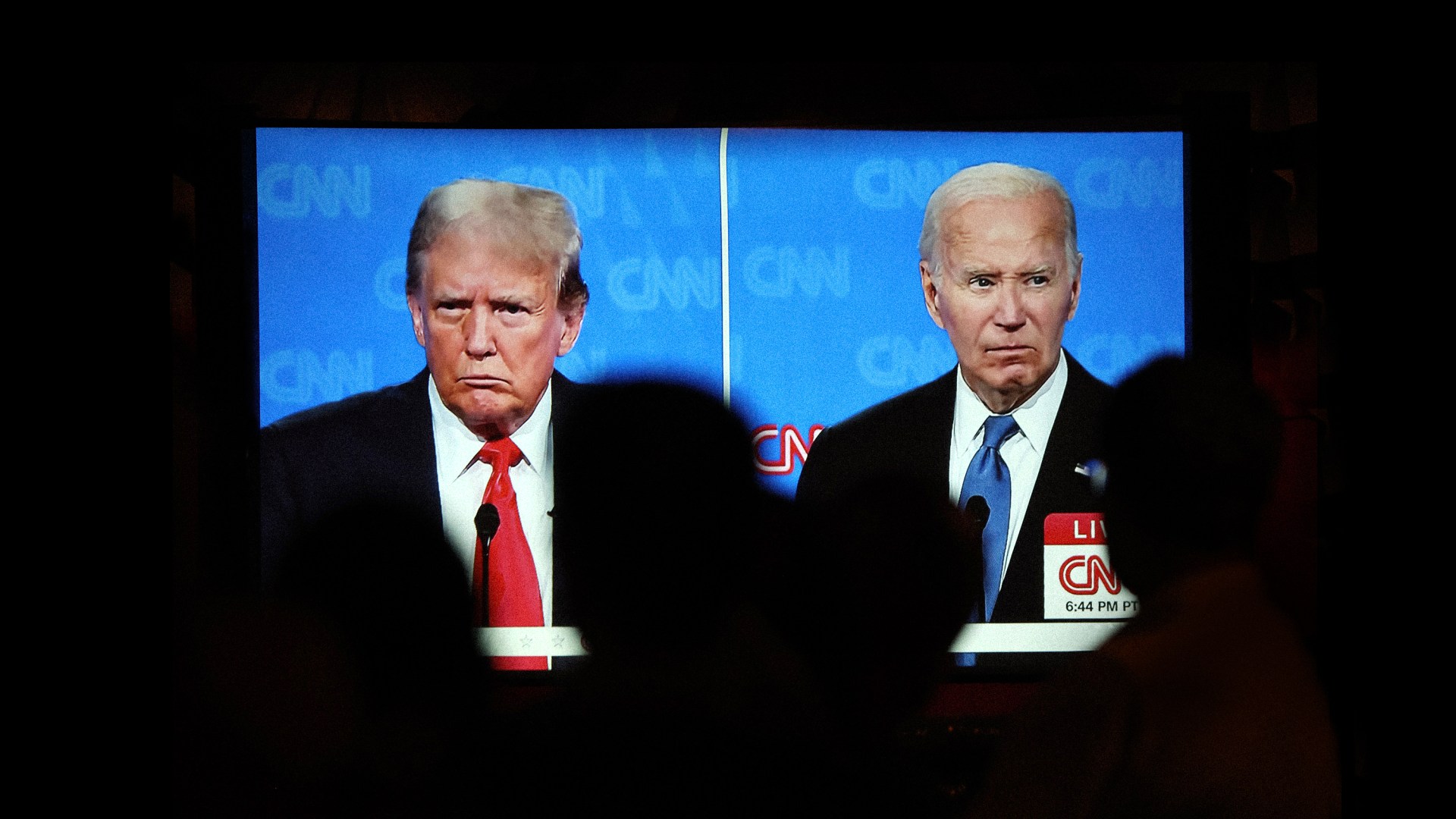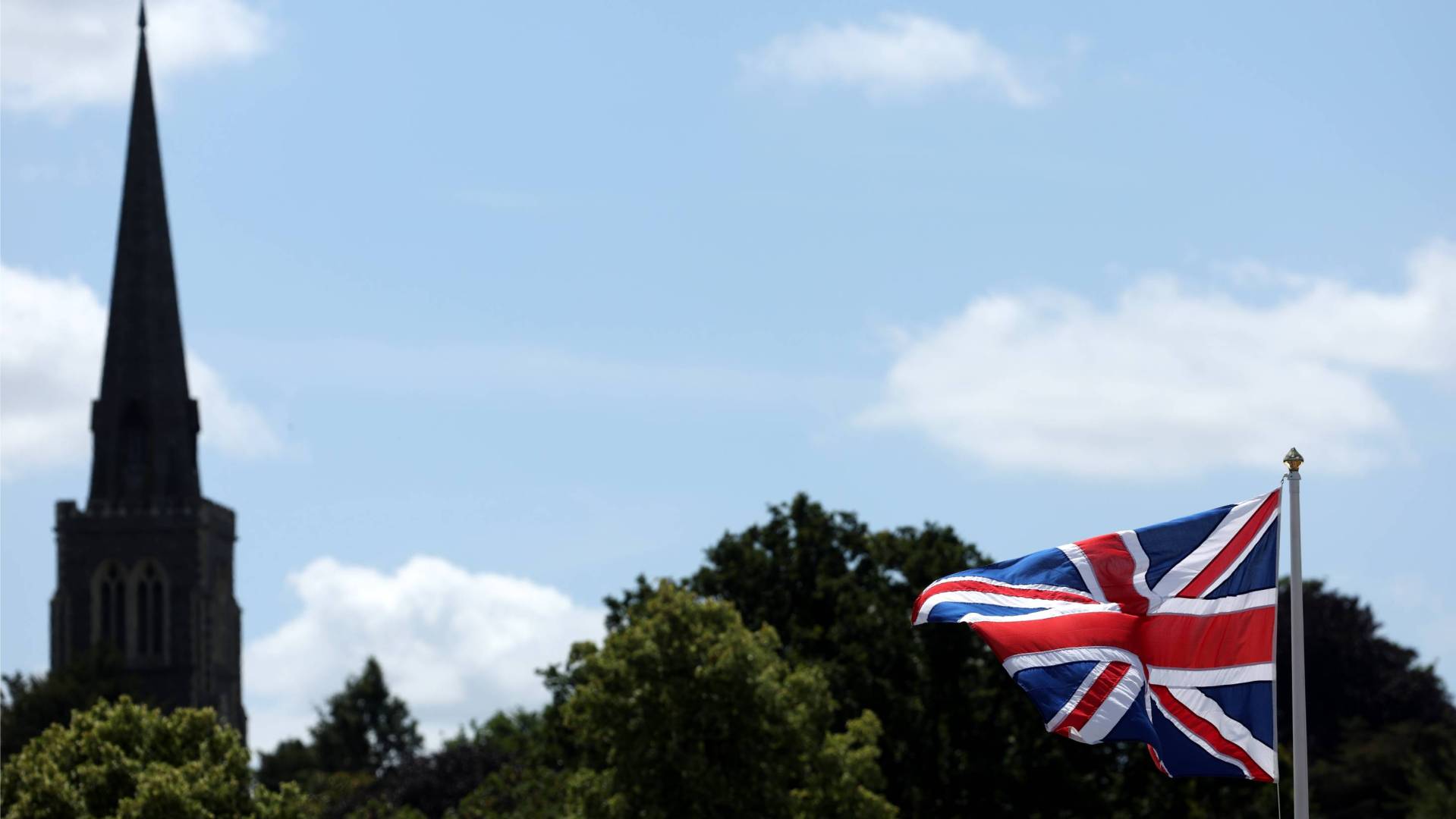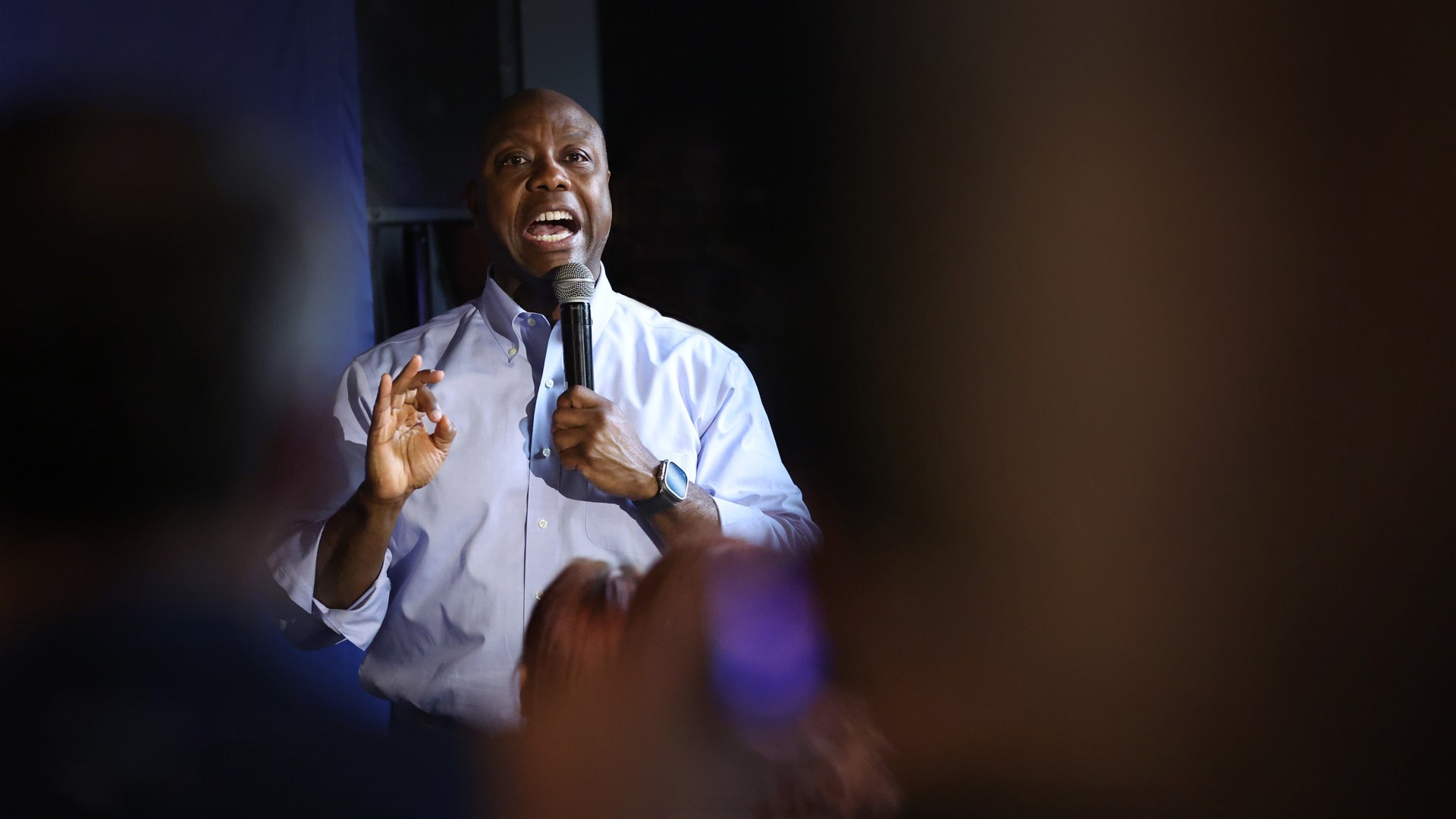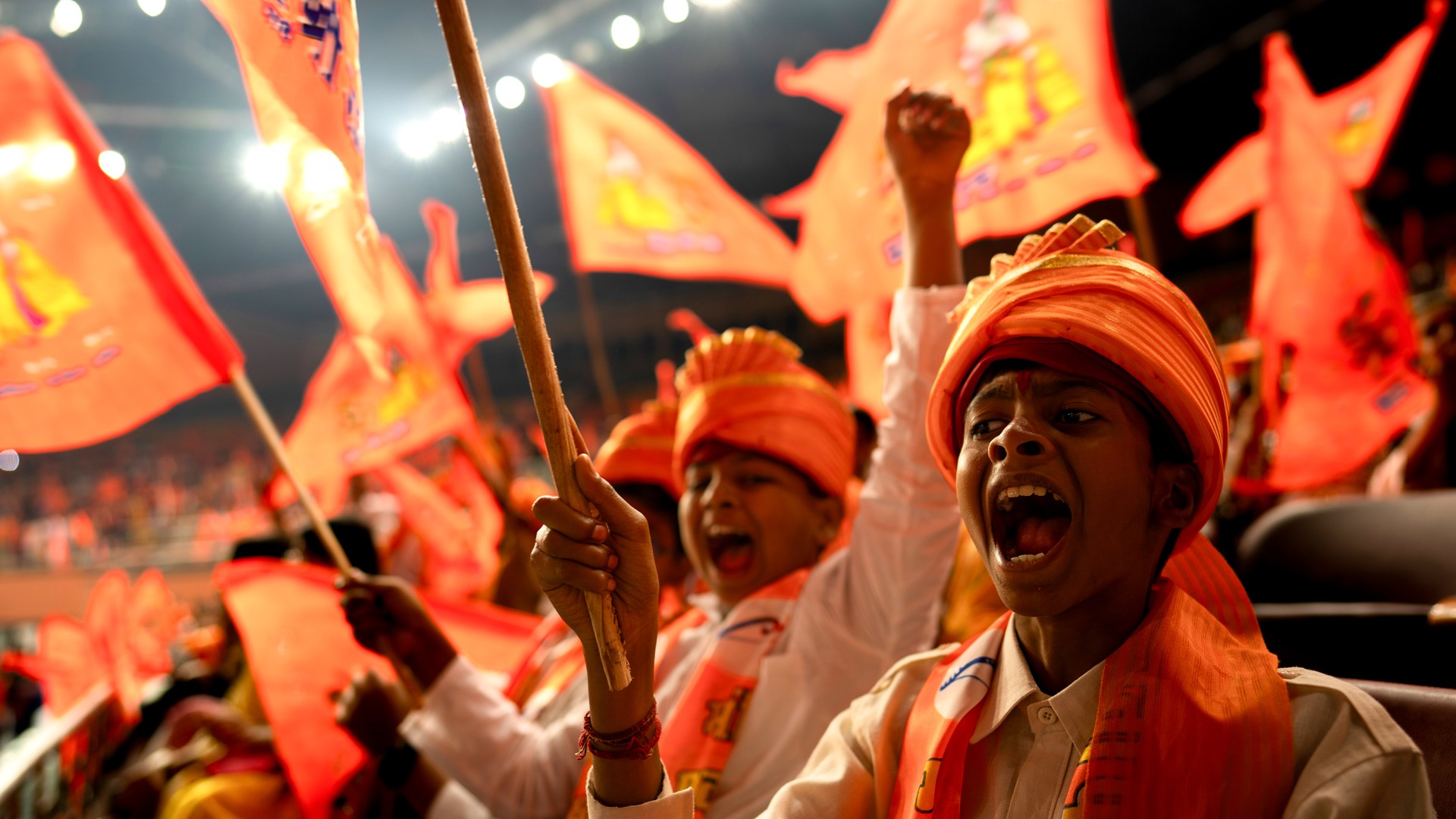In the hours of confusion and chaos since the assassination attempt at a Donald Trump rally in Pennsylvania on Saturday, in which the former president was injured and several others killed or critically wounded, partisans of all sorts immediately began to speculate about the motives of the shooter.
For many, this raised a weighty question about radicalization and what’s gone wrong in American democracy. Others’ musings came from a hope to “own” the other side. Some noted that, whatever the shooter’s political views or lack thereof, this episode probably says as much about the mental health crisis in American life as it does about our civic crisis. But what if these two crises are not as unrelated as we imagine?
Most Americans recognize the names of George Washington and Abraham Lincoln, along with presidents closer to our own time. Many would struggle, though, to remember when James K. Polk and Franklin Pierce were inaugurated. Yet even those of us fuzzy on much of presidential history can probably identify immediately John Wilkes Booth and Lee Harvey Oswald—just as many who couldn’t name one of Ronald Reagan’s cabinet secretaries know the name of John Hinckley, his would-be assassin. Household names of 1968 like Edmund Muskie or Curtis LeMay have faded out of our memories, but we still know James Earl Ray and Sirhan Sirhan.
Psychologists tell us that people who engage in terrorism of any sort are often well aware of how lasting this kind of notoriety can be. For many, it’s the point of their violence. When all is stable, that sort of perversion can be channeled into more benign vanities. But when—as now—the country seems to be teetering on the edge of something awful, those perversions can turn violent. Under certain conditions, they can tip a society into a cycle of rage and horror.
How are Christians to understand this?
A Christian vision of human depravity recognizes that God is not the author of evil and that evil itself is rooted in human longings and desires (James 1:12–18). The Serpent of Eden did not create a desire to see food as good; it merely appealed to that longing in a way that drew humanity away from God (Gen. 3:1–6). Likewise, the desire to worship, created good, can be perverted into idolatry. The desire for intimacy, created good, can be redirected toward lust.
From Scripture, the Christian tradition classifies evil as rooted in the world, the flesh, and the Devil (Eph. 2:2–3). We recognize that human nature is itself corrupted. We understand that we live in a world that, as the apostle John put it, “lies in the power of the evil one” (1 John 5:19, ESV throughout). And we recognize also that evil is oftentimes provoked by the context of the world around us. The woman caught in adultery was not threatened with being hit by one rock from one man; she was at the mercy of a mob, the function of which undoubtedly amplified and stirred the individual sins of each mob member (John 8:1–11).
Human fallenness does not change with the times, but certain conditions can direct that fallenness in different ways. Lust and idolatry, for instance, are never absent this side of the apocalypse. But they may be present in a specific way in the ecosystem of temple prostitution, as was the case in much of the world of the early church. Likewise, the perversion of the desire for meaning and recognition is always around us and within us. But, during certain times of world history, this perversion gets expressed in political violence.
“You desire and do not have, so you murder,” the apostle James wrote. “You covet and cannot obtain, so you fight and quarrel” (4:2). What is desired in a murderous rage? Often, it is the created but twisted longing for recognition—for notoriety—and meaning. Cain was incensed when his brother’s sacrifice was recognized and his own was not (Gen. 4:1–12), and the Bible tells us this darkness was not limited to a primeval moment of sibling rivalry (1 John 3:11–15).
We don’t know, yet, the specific motives or mindset of this killer. But we do know the inner violence of this time. We see it all around us in broken relationships, screamed accusations, and a social media atmosphere that almost all of us recognize as toxic, but which very few of us are willing to leave.
The vast majority of Americans, even those most inflamed by partisan political passions, do not resort to the kind of violence we saw in the attempted assassination of Trump or during the insurrectionist riots of January 6, 2021, or in the threats to the life of Supreme Court Justice Brett Kavanaugh.
Whatever their political views, most people want the same thing for someone who would murder this way: justice. Most Americans, though, also recognize that something is awry with our time: the conflation of politics with a sense of one’s belonging, of one’s identity, of one’s purpose and mission in life.
We are created to want glory, which includes recognition and ultimate purpose. But the glory for which we are created is the glory that comes through the power and wisdom of Christ. It cannot come from any of the substitutes on offer.
When we expect of politics what can only arise from worship, it’s all too easy to find ourselves speaking, whether explicitly or implicitly, in the language of spiritual warfare, making our political rivals not opponents to be persuaded but enemies to be vanquished. In that sort of cosplay apocalypse, one can feel “alive” and significant—for a moment—by hating the right people enough. And when we add to that the fact that a significant part of our population is struggling with mental health, we should not be surprised that the result includes bloodshed.
Experts tell us that shooters and other terrorists tend to be lone wolves of a certain sort: those who are isolated in real life but find a semblance of “community” online, frequently in radical and radicalizing spaces. The Bible tells us that sin often comes from the pursuit of a kind of “glory” given by other human beings rather than the glory that comes from God (John 12:43). That may be the glory of a specific community—whether real or virtual—or it may be a desire for glory in the minds of anonymous strangers in headlines and history books. We should see this pursuit for what it is: a satanic pull into mutually assured destruction.
The state has an obligation to fulfill—to prevent these acts of terrorism and to hold accountable those who carry them out. Civil society has a responsibility too: to conserve the sorts of norms that rule out political violence, even when “emergency” language might seem to justify it.
And the church has a mission here too. We need to proclaim a different sort of significance, a different sort of meaning, a different sort of belonging. We can remind ourselves that we need not clamor for our own glory, whether in heroic acts of goodness or in notorious acts of violence. We can find it by humbling ourselves before the future glory that is hidden now in Christ.
We can embody what it means to be a genuine community: one that sees the glory of God in the face of Jesus, not through the scope of a gun.
Russell Moore is the editor in chief at Christianity Today and leads its Public Theology Project.

